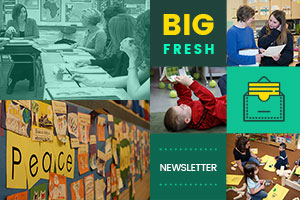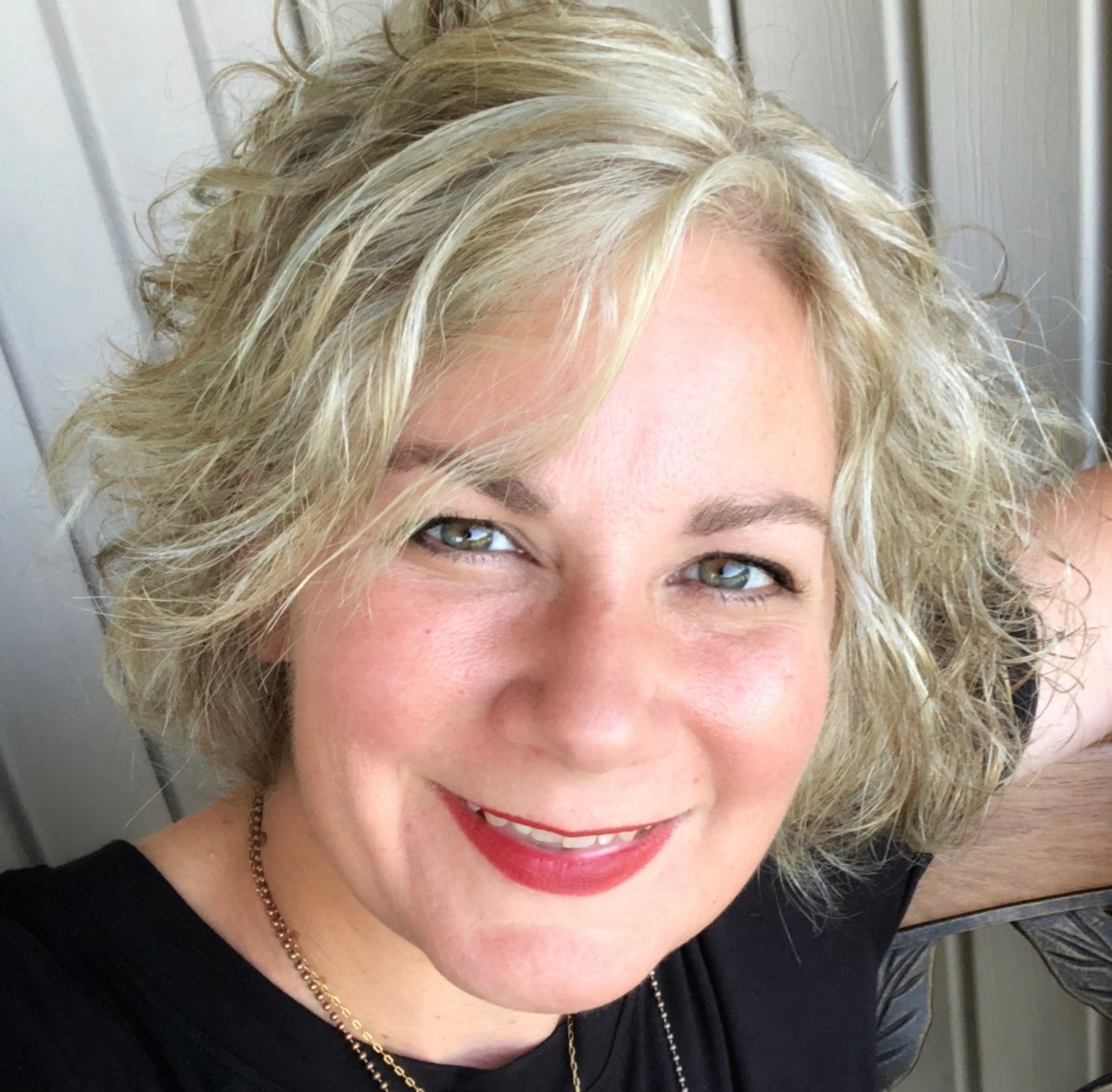Collaboration allows us to know more than we are capable of knowing.
—Paul Solarz
Joint NCTE/NCTM Conference
I’m writing this a few days before attending the Joint NCTE/NCTM Conference in Chicago with the intent of you reading it a few days after the conference ends. It goes against my grain as a writer—some of the best advice for all writers is to write what you know. Since the experience hasn’t happened yet, it doesn’t feel like I should be writing about it.
But here is what I know—
I know it is always good to gather in person and learn with other educators. I’ll experience the power of collaboration and am so excited to be part of two sessions that link math and literacy.
I know my circle will get a little bit bigger with new connections. After my giant step away from social media, then COVID, then the shift of Twitter to X and our community scattering to BlueSky and LinkedIn and a zillion other places, it’s easy to feel a little (or a lot) disconnected. Certainly I’m not the only one who struggles with her footing in social media.
I know I’ll feel connected at the conference. Since my work has taken me away from teaching writers and toward uplifting the voices of current practitioners, I’ve struggled with knowing where I belong. The book Becca Burk and I are writing is nudging into the territory of emotional regulation and navigating challenging behaviors in the classroom with compassion.
In the new book, Connection First, Becca and I write about belonging. We make a case that for someone to feel a sense of belonging, they need to be accepted, celebrated, and included. I know this is what I’ll feel at the Joint Conference: a sense of belonging.
And it is this that will inspire me to continue molding Choice Literacy into a virtual place where we all feel connected, valued, and seen. This week we welcome new friends to the Big Fresh newsletter and share articles inspired by the sessions Choice Literacy contributors led earlier this week. May you feel a sense of belonging—plus more, as always.
Shine on,
Ruth Ayres
Editor in Chief

Elizabeth Canavan shares ideas on how to make all students feel like they belong in math classes.

New members-only content is added each week to the Choice Literacy website. If you’re not yet a member, click here to explore membership options.
Choice Numeracy | Jodie Bailey offers clear and concise ways to use number lines as a tool to solve many different kinds of problems.
Choice Numeracy | Mallory Messenger delivers a step-by-step guide to setting personal goals in math. Inspired by the practice of setting independent reading goals, Mallory explored the benefits of personal math goals. Download the Student Math Goals Self-Assessment and Reflection.
Mandy Robek shares the way a Mock Caldecott project naturally connected to the math work happening in her third-grade class.
NEW VIDEO | Tammy Mulligan uses role-play to help her class process different ways to respond to challenging behavior situations. In this video clip, Tammy shares the rationale behind this practice and gives us a glimpse into her students role-playing a situation and their conversations about possible responses.

New members-only content is added each week to the Choice Literacy website. If you’re not yet a member, click here to explore membership options.
Heather Fisher guides a reflective practice exercise to begin a professional meeting that gives space for participants to pause and consider their core values. This simple experience has the potential to powerfully energize educators.
Stella Villalba shares some simple strategies to foster more reflection and feedback with the teachers she coaches.
Quote It:
Life is not so much about beginnings and endings as it is about going on and on and on. It is about muddling through the middle.
—Anna Quindlen
That’s all for this week!



